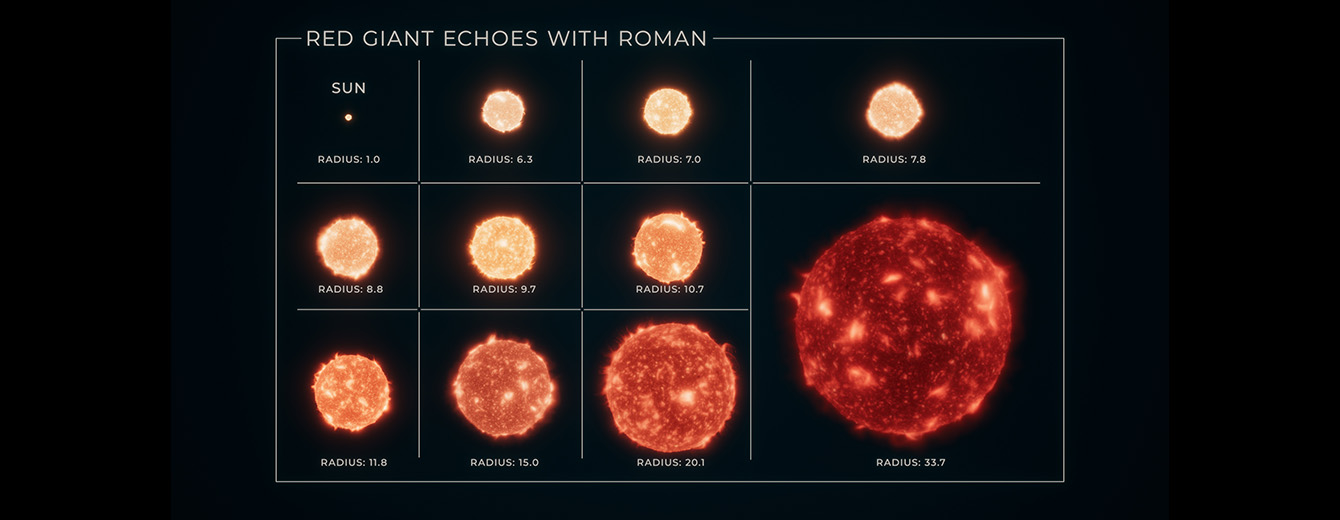
It’s clear as a bell: Roman can enlighten us on the stars located in the Milky Way’s galactic bulge.
In musical terms, stars are like a constantly playing handbell choir. The turbulence within their interiors creates a pattern of waves — steady oscillations, like a ringing bell — which cause changes in their overall brightness. Studying these fluctuations, a method known as asteroseismology, can provide details about the stars themselves, such as their age, mass, and size.
Building from NASA’s now-retired Kepler space telescope’s successful asteroseismic detections, a team of researchers has recently confirmed that asteroseismology will be possible with NASA’s upcoming Nancy Grace Roman Space Telescope. Their study also explores different models to provide an estimation of the number of stars that will be detectable via this method. Their results indicate the telescope will provide the largest asteroseismic sample ever collected.
Find additional resources at www.stsci.edu
You are receiving this email because you are subscribed to the Inbox Astronomy mailing list.